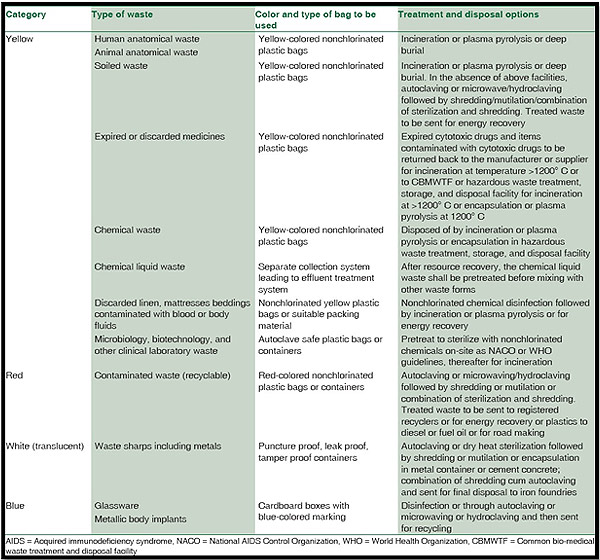Some Known Details About Reclaim Waste
Some Known Details About Reclaim Waste
Blog Article
About Reclaim Waste
Table of ContentsFacts About Reclaim Waste RevealedGetting My Reclaim Waste To WorkReclaim Waste Can Be Fun For AnyoneThe Best Guide To Reclaim WasteTop Guidelines Of Reclaim Waste
Explore the types, events, and types of liquid waste. Residential sewage waste describes the waste and items from a property sewage-disposal tank. This sort of waste is created by people in houses, schools, and other buildings. This only includes septic systems that have a drain area. The correct monitoring and disposal of domestic sewage waste need fluid waste to be transferred to a sewage treatment plant where the correct methods and devices are put on purify and get rid of waste.
Commercial waste frequently consists of prospective threats, such as combustible materials or a blend of liquid and strong waste products, and needs an advanced and comprehensive disposal process. The disposal of business waste usually includes the purification of waste before transportation to ensure safe and correct disposal. Hazardous waste is produced from byproducts and overflow of commercial procedures and manufacturing.
This kind of waste can not utilize the exact same sewage monitoring transportation or procedures as septic or business liquids. The industrial waste monitoring process requires the assessment and testing of liquid waste prior to it goes through the disposal process (liquid waste removal). Runoff waste is the liquid waste that comes from runoff and excess stormwater in extremely inhabited locations or cities
Runoff waste can trigger contamination and flooding if not taken care of appropriately. Discover more concerning drain cleaning and waste monitoring. Guaranteeing correct waste administration can prevent disasters and minimize ecological damage. Both individuals in residential setups and experts in industrial or production markets can take advantage of understanding the processes and guidelines of liquid waste administration.
The Best Strategy To Use For Reclaim Waste
Contact PROS Services today to discover our waste management and disposal solutions and the proper methods to care for the liquid waste you create.
(https://justpaste.it/fauht)This supposed 'wastewater' is not only an essential source but, after therapy, will certainly be released to our land, rivers or the sea. Used water from toilets, showers, baths, kitchen area sinks, washings and industrial processes is recognized as wastewater.

water used to cool machinery or clean plant and tools). Stormwater, a kind of wastewater, is runoff that moves from farming and city locations such as roof coverings, parks, yards, roadways, courses and rain gutters into stormwater drains pipes, after rain. Stormwater streams without treatment directly to regional creeks or rivers, ultimately getting to the ocean.
The 5-Second Trick For Reclaim Waste
In Queensland, many wastewater is treated at sewer treatment plants. Wastewater is transferred from residential or commercial sites through a system of sewers and pump terminals, recognized as sewage reticulation, to a sewer treatment plant.
The Department of Natural Resources advises local governments about managing, operating and keeping sewage systems and therapy plants. In unsewered areas, city governments may call for owners to set up private or family sewage treatment systems to treat domestic wastewater from toilets, cooking areas, washrooms and washings. The Department of Natural Resources authorises the usage of family systems when they are verified to be efficient.
In some new communities, treatment of some stormwater to eliminate litter, sand and crushed rock has begun utilizing gross pollutant catches. Wastewater treatment occurs in 4 stages: Gets rid of solid issue.
Wastewater then flows into huge tanks where solids clear up and are removed as sludge. Oil and scum are skimmed from the surface. Uses little living microorganisms called micro-organisms to damage down and get rid of staying liquified wastes and great particles. Micro-organisms and wastes are incorporated in the sludge. Eliminates nitrogen and phosphorus nutrients that can cause algal blossoms in our waterways and intimidate marine life.
Some Known Details About Reclaim Waste
Nutrient removal is not readily available at all sewer therapy plants since it requires expensive specialized tools. Clear fluid effluent produced after therapy might still include disease-causing micro-organisms - liquid waste removal melbourne.

This usually means wastewater needs to be treated or contaminants gotten rid of prior to it can be released to rivers. The majority of wastewater moves into the sewerage system. Under the Act, regional governments administer authorizations and licences for eco relevant activities (ERAs) involving wastewater launches that may have a local influence. The division administers authorizations and licences to ERAs entailing wastewater launches that may have a local or statewide impact.
The smart Trick of Reclaim Waste That Nobody is Discussing
Surveillance gives accurate information concerning water top quality and can confirm that licence conditions are being met. The information obtained via monitoring provides the basis for making water quality decisions.
Report this page